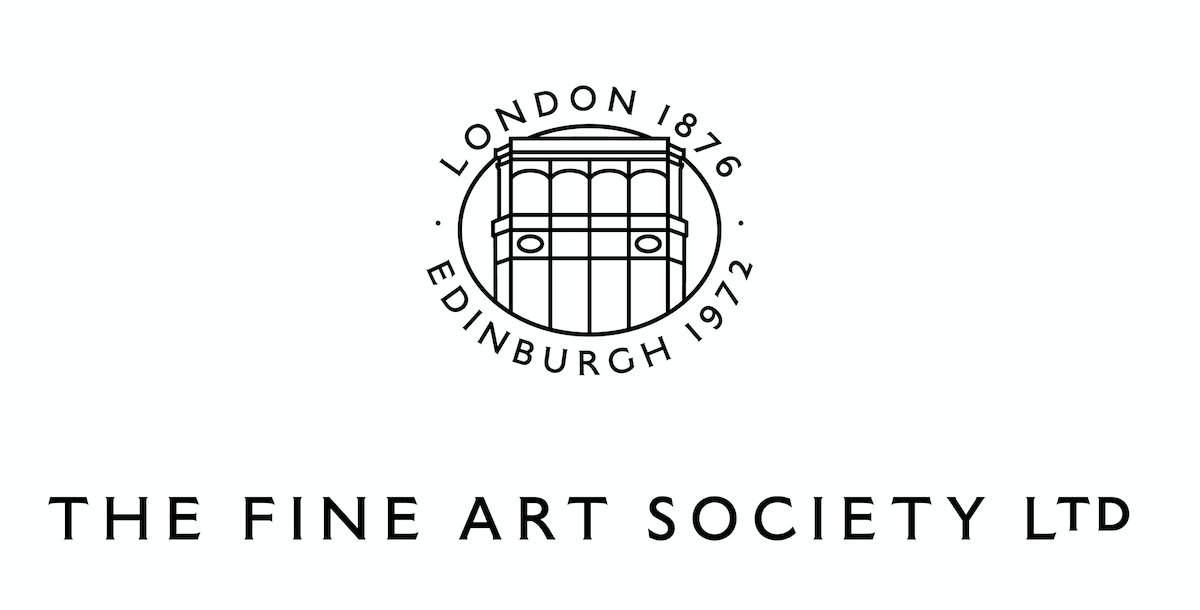Scottishness in Art: 1750-1980
The eighteenth century saw Scotland take a giant step forward. It opened trade with English colonies and saw Scotland rise culturally, socially and economically. It was against this backdrop that Allan Ramsay (1713-1784) rose as a painter to the highest levels of European success. Ramsay set up a phenomenally successful portrait painting business in London. His clients were emblematic of Scotland's success, not only within the British Empire, but in the act of defining it against the backdrop of the Enlightenment. Ramsay and his successor, Sir Henry Raeburn (1756-1823), were among the first to embrace a dual identity: to be both Scottish and British, negotiating both the ambitions and frictions of union.
Sir David Wilkie (1785-1841) more harmoniously embodied the dual identity of British and Scottish. Like Ramsay before him, he had trained in Scotland and then moved to London in 1805. Alexander Nasmyth (1758-1840) was a man of parts and a product of the Enlightenment: architect, landscape designer and painter. It is important, though, that we see his pictures of Scotland's rugged, romantic landscape against the emerging science of the time.
During the nineteenth century, art had a much more profound role than mere decoration. For Ruskin, it conveyed fundamental truths about human life. Many landscape painters were to follow in Nasmyth's footsteps and took Scottish landscape as their subject. Many nineteenth-century painters came to be accused of whimsy and sentimentality by later critics. And yet, at their best, Scottish landscape painting is synonymous with the country's identity as well as defining its singularity. As the nineteenth century entered its final quarter, artists increasingly sought to study abroad. Paris, Antwerp and the Hague attracted artists for what was considered an improved artistic education. This brought realism, learnt from French and Dutch contemporaries, to the centre of the subject matter of Scottish painters. And none more so than the Glasgow Boys.
Modern Scottish Nationalism started to rise from the advent of the First World War. With it came a rejection of the Kailyard and tartanry. This exhibition finished with an arresting portrait of a woman by Robert Colquhoun and a portrait of the artist's son by John Bellany. Though painted some decades apart they have reached a realism that is more international than either particularly Scottish or British. They belong to a period in which myths and romanticism are being dispelled and Scotland is searching for a new identity outwith the ideas of union. However, the competing interests of operating in the wider world through that union, while remaining strong in a distinct Scottish identity, remains.









